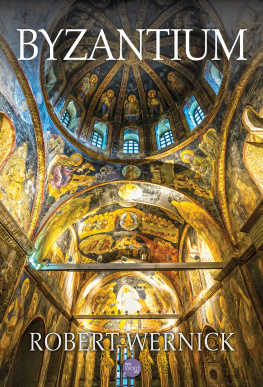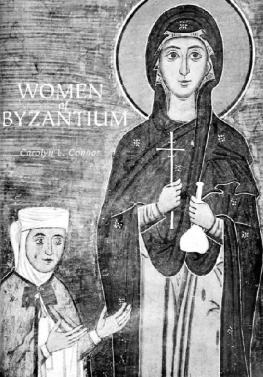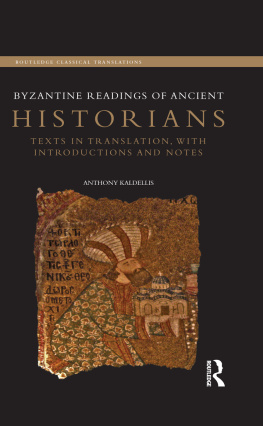INSCRIBING TEXTS IN BYZANTIUM
In spite of the striking abundance of extant primary material, Byzantine epigraphy remains uncharted territory. The volume of the Proceedings of the 49th SPBS Spring Symposium aims to promote the field of Byzantine epigraphy as a whole, and topics and subjects covered include: Byzantine attitudes towards the inscribed word, the questions of continuity and transformation, the context and function of epigraphic evidence, the levels of formality and authority, the material aspect of writing, and the verbal, visual and symbolic meaning of inscribed texts. The collection is intended as a valuable scholarly resource presenting and examining a substantial quantity of diverse epigraphic material, and outlining the chronological development of epigraphic habits, and of individual epigraphic genres in Byzantium. The contributors also discuss the methodological questions of collecting, presenting and interpreting the most representative Byzantine inscriptional material, and addressing epigraphic material to make it relevant to a wider scholarly community.
Marc D. Lauxtermann, Stavros Niarchos Foundation Bywater and Sotheby Professor of Byzantine and Modern Greek Language and Literature, Exeter College, University of Oxford.
Ida Toth, University Research Lecturer and Fellow, Wolfson College, University of Oxford.
SOCIETY FOR THE PROMOTION OF BYZANTINE STUDIES
Publications 23
This series publishes a selection of papers delivered at the annual British Spring Symposium of Byzantine Studies, now held under the auspices of the Society for the Promotion of Byzantine Studies. These meetings began fifty years ago in the University of Birmingham and have built an international reputation. Themes cover all aspects of Byzantine history and culture, with papers presented by chosen experts. Selected papers from the symposia have been published regularly since 1992 in a series of titles which have themselves become established as major contributions to the study of the Byzantine world.
Also published in this series:
Wonderful Things: Byzantium through its Art
Edited by Antony Eastmond and Liz James
Power and Subversion in Byzantium
Edited by Dimiter Angelov and Michael Saxby
Experiencing Byzantium
Edited by Claire Nesbitt and Mark Jackson
Byzantium in the Eleventh Century
Being in Between
Edited by Marc Lauxtermann and Mark Whittow
Cross-Cultural Interaction Between Byzantium and the West, 12041669
Whose Mediterranean Is It Anyway?
Angeliki Lymberopoulou
The Emperor in the Byzantine World
Edited by Shaun Tougher

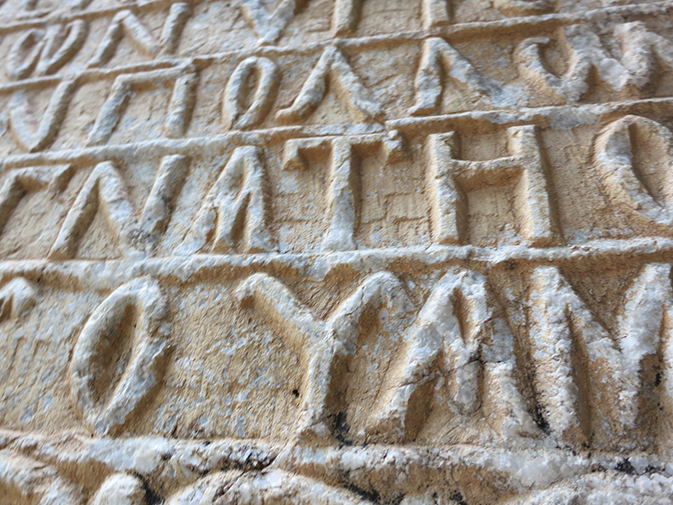
First published 2020
by Routledge
2 Park Square, Milton Park, Abingdon, Oxon OX14 4RN
and by Routledge
52 Vanderbilt Avenue, New York, NY 10017
Routledge is an imprint of the Taylor & Francis Group, an informa business
2020 selection and editorial matter, Marc D. Lauxtermann and Ida Toth; individual chapters, the contributors
The right of the editor to be identified as the author of the editorial material, and of the authors for their individual chapters, has been asserted in accordance with sections 77 and 78 of the Copyright, Designs and Patents Act 1988.
All rights reserved. No part of this book may be reprinted or reproduced or utilised in any form or by any electronic, mechanical, or other means, now known or hereafter invented, including photocopying and recording, or in any information storage or retrieval system, without permission in writing from the publishers.
Trademark notice: Product or corporate names may be trademarks or registered trademarks, and are used only for identification and explanation without intent to infringe.
British Library Cataloguing-in-Publication Data
A catalogue record for this book is available from the British Library
Library of Congress Cataloging-in-Publication Data
ISBN: 978-0-367-24613-6 (hbk)
ISBN: 978-0-429-28346-8 (ebk)
Sylvain Destephen, Matre de confrences habilit en histoire romaine, Universit Paris Nanterre
Ivan Drpi, Associate Professor of History of Art, University of Pennsylvania
Antonio E. Felle, Professore Associato (abilitato Ordinario) di Epigrafia Cristiana e Medievale, Universit degli Studi di Bari Aldo Moro
Brad Hostetler, Assistant Professor of Art History, Kenyon College, Ohio
Ine Jacobs, Stavros Niarchos Foundation Associate Professor of Byzantine Archaeology and Visual Culture, University of Oxford
Marc D. Lauxtermann, Stavros Niarchos Foundation Bywater and Sotheby Professor of Byzantine and Modern Greek Language and Literature, Exeter College, University of Oxford
Sean V. Leatherbury, Assistant Professor of Art History, Bowling Green State University, Ohio
Maria Lidova, Research Fellow, Wolfson College, University of Oxford
Cyril Mango, Emeritus Bywater and Sotheby Professor in Byzantine and Modern Greek Language and Literature, Exeter College, University of Oxford
Anne McCabe, Research Associate, Centre for the Study of Ancient Documents, Oxford
Nicholas Melvani, , ,
Georgios Pallis, ,
Andreas Rhoby, Stellvertretender Leiter der Abteilung Byzanzforschung, Institut fr Mittelalterforschung, sterreichische Akademie der Wissenschaften; Privatdozent, Universitt Wien
Christos Stavrakos, ,
Peter Thonemann, Associate Professor in Ancient History, Wadham College, University of Oxford
Ida Toth, University Research Lecturer and Fellow, Wolfson College, University of Oxford
Alexandra-Kyriaki Wassiliou-Seibt, , ; Gastforscherin, Institut fr Byzanzforschung, sterreichische Akademie der Wissenschaften
Maria Xenaki, , ,
The 49th Spring Symposium of Byzantine Studies was held in Exeter College, Oxford on 1820 March 2016. There were 17 lectures and 16 short communications, with a round table at the end where Elizabeth Jeffreys, Denis Feissel, Sophia Kalopissi-Verti, Marlia Mango, Scott Redford and Charlotte Rouech summed up their impressions and responded to what had been said. There was quite an attendance, for which we are immensely grateful. All this would not have been possible without the kind and generous support of the A.G. Leventis Foundation, the Oxford Centre for Byzantine Research, the Interfaculty Committee for Late Antique and Byzantine Studies, the Faculty of Medieval and Modern Languages and the History Faculty. We are also most grateful to the staff of Exeter College and our energetic student assistants, Elizabeth Buchanan, Matthew Kinloch and Nik Matheou. We should also like to thank Denis Feissel for reading all the papers and providing feedback, and to Marjolijne Janssen for her help in getting the volume ready for publication.
| AArchHung | Acta Archaeologica Academiae Scientiarum Hungaricae |

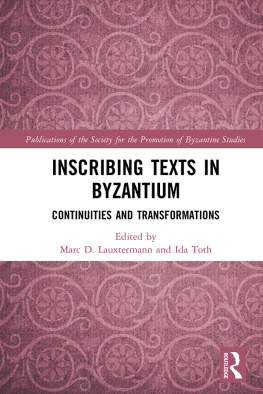
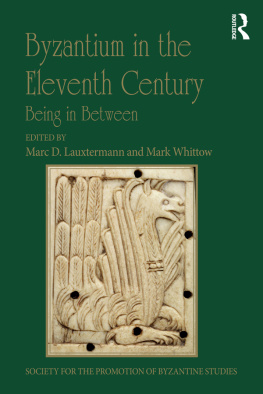
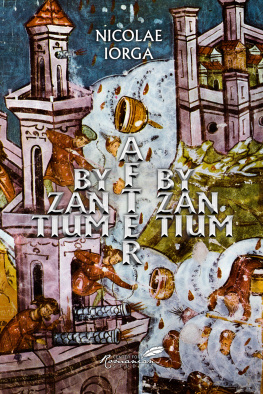

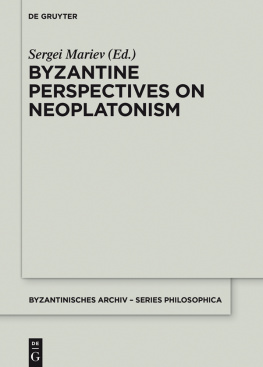
![James Francis LePree Ph.D. (editor) - The Byzantine Empire [2 volumes]: A Historical Encyclopedia](/uploads/posts/book/296844/thumbs/james-francis-lepree-ph-d-editor-the-byzantine.jpg)
